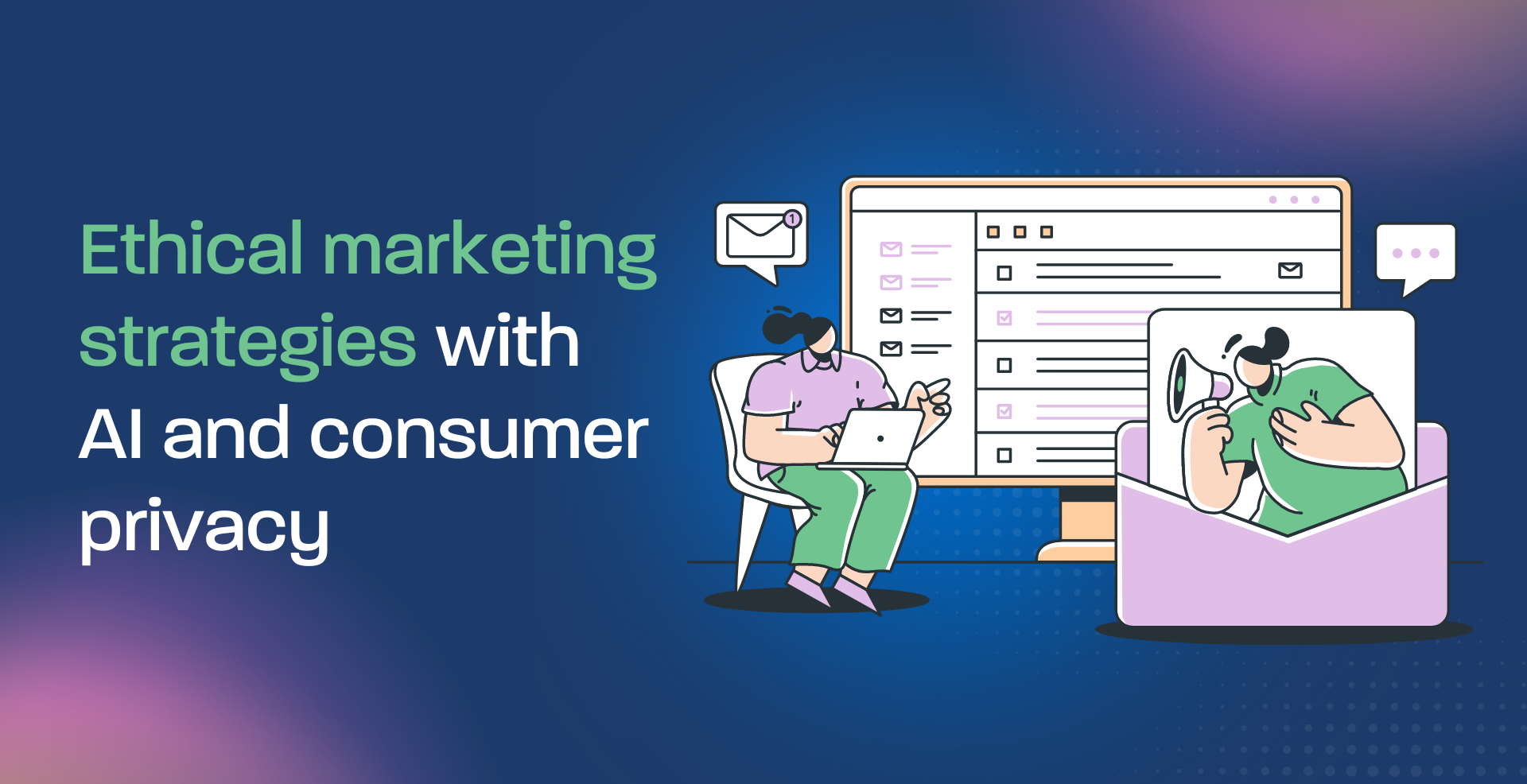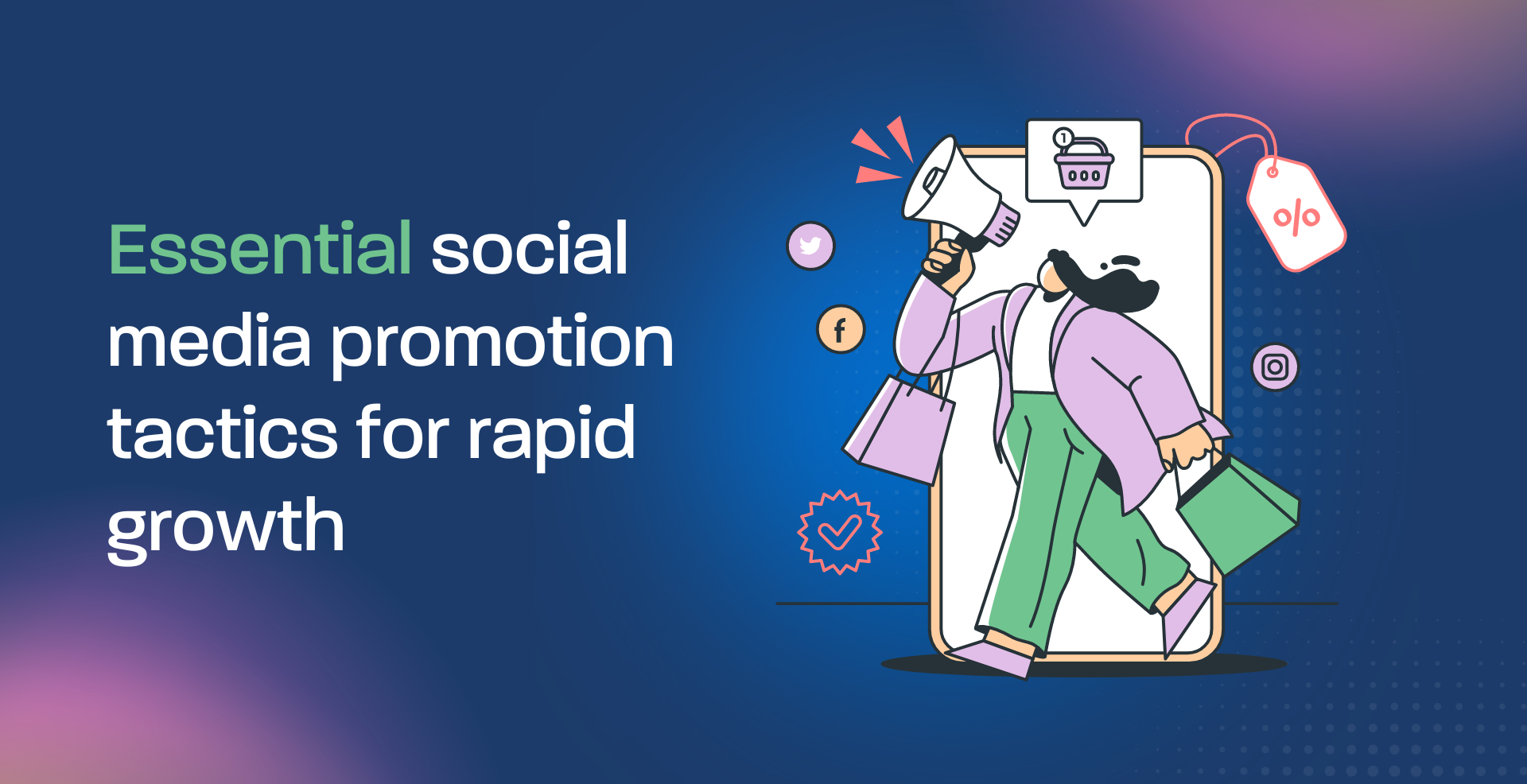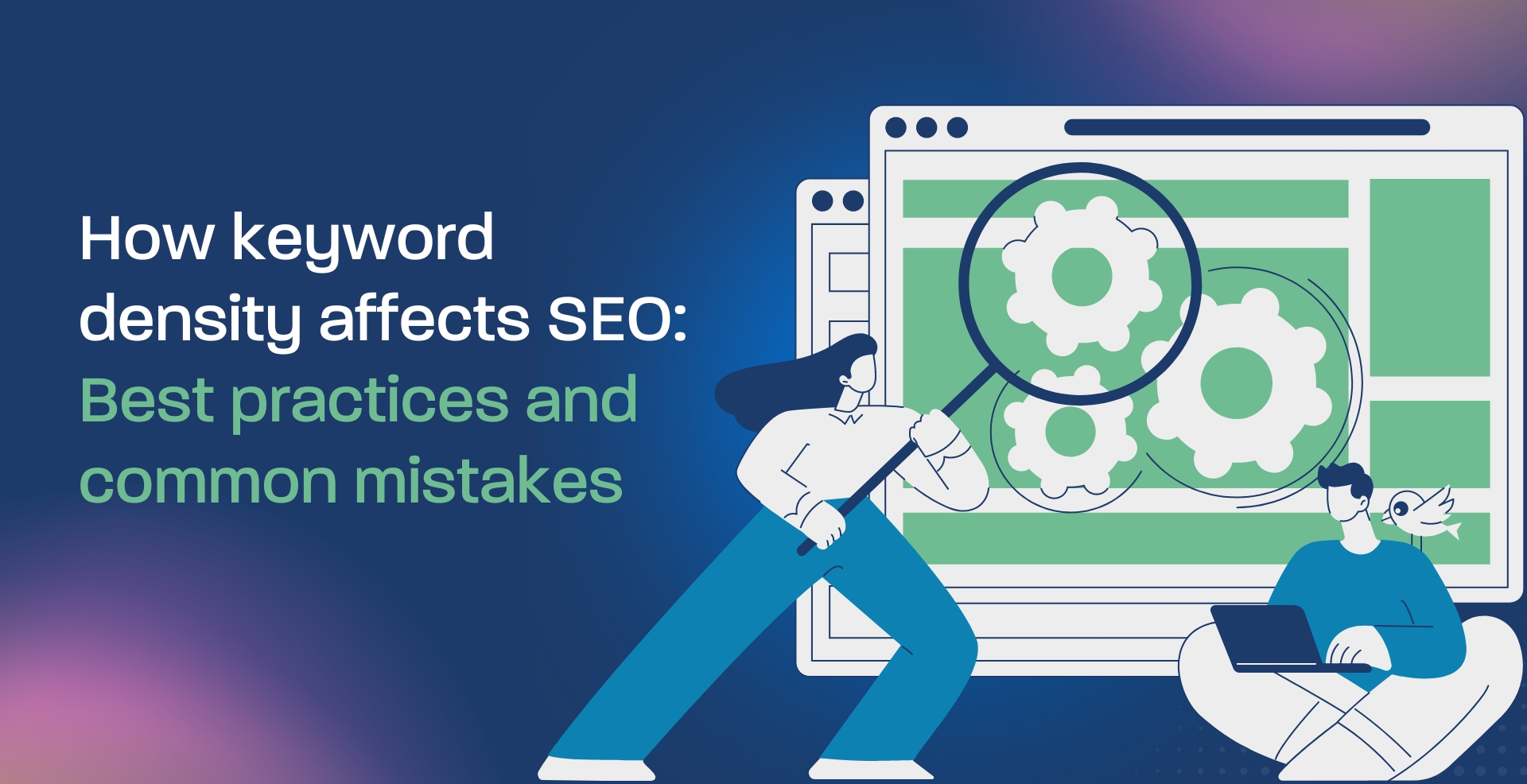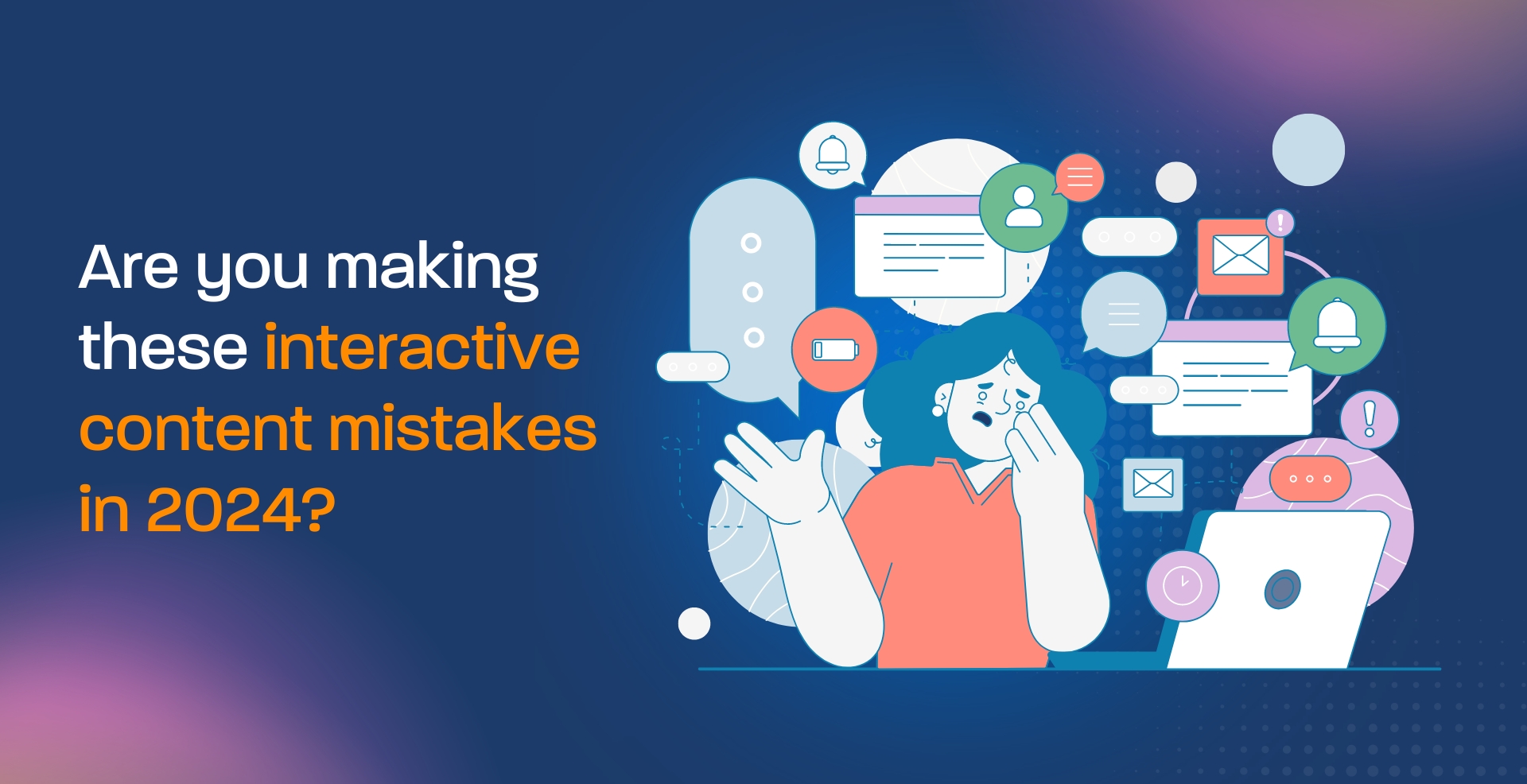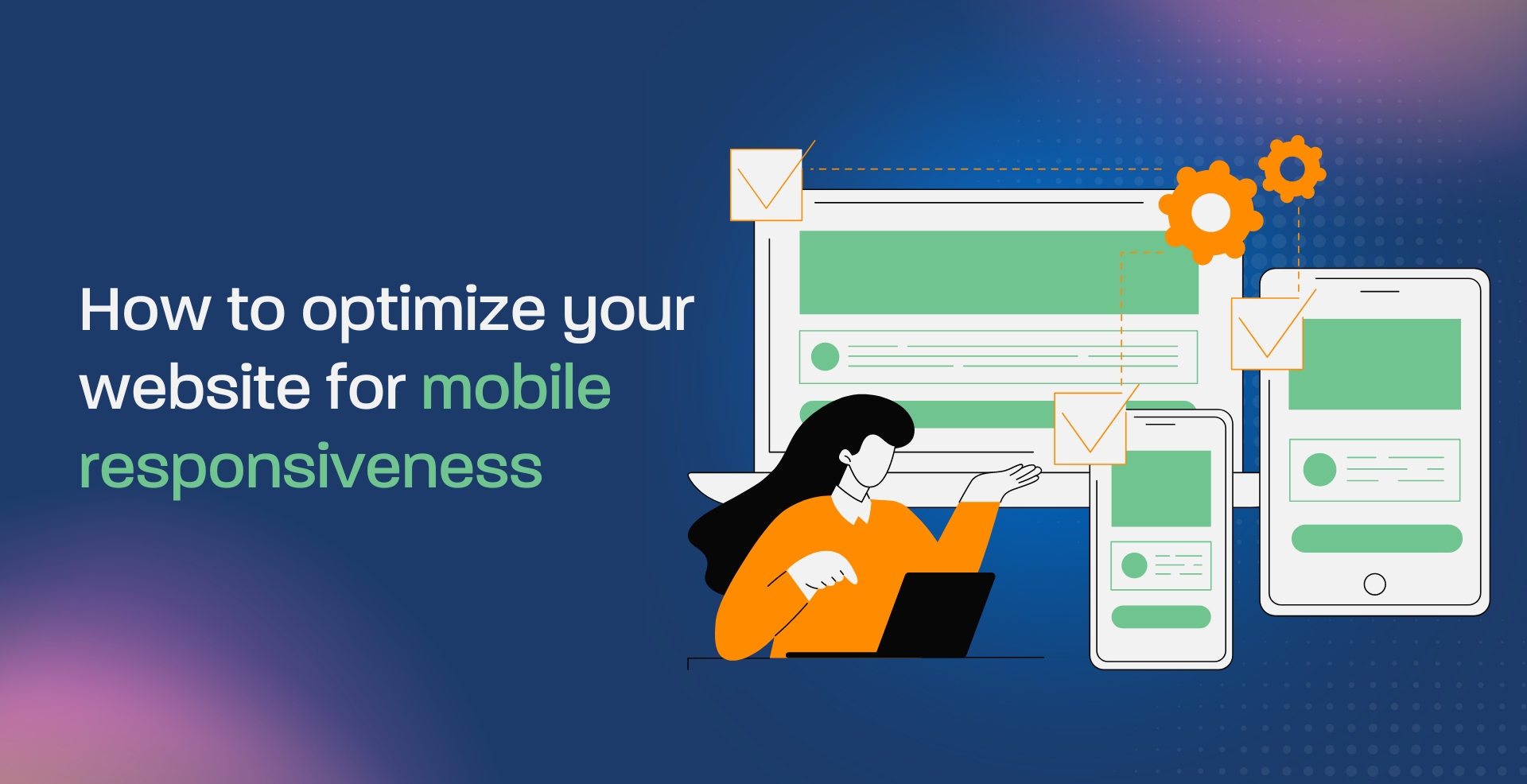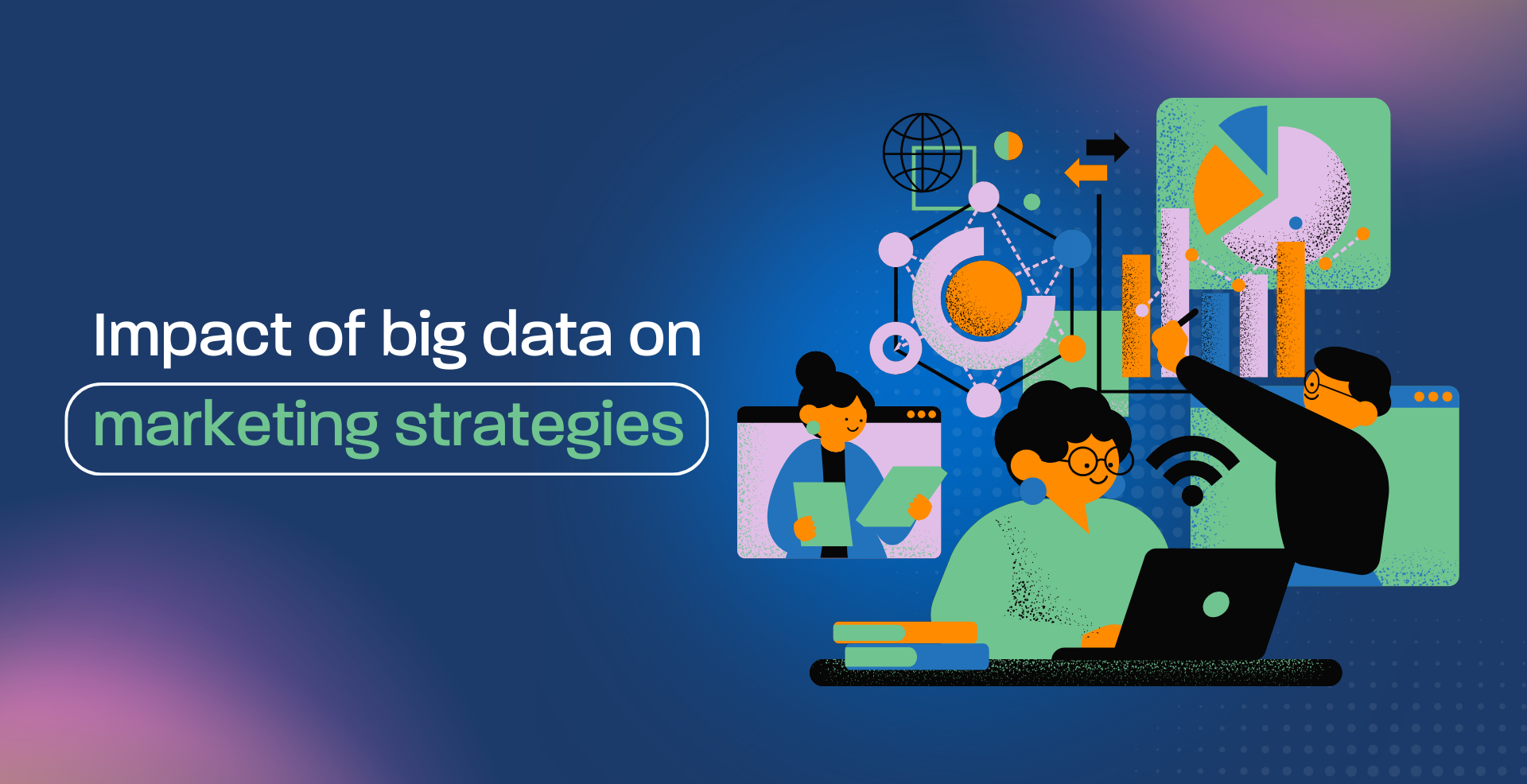In the bustling world of commerce, where there are tons of options and attention spans are fleeting, one of the ultimate goals for businesses is to transform one-time buyers into loyal, repeat customers by understanding user behavior. Using the psychology behind repeat purchases is the key to building a loyal customer base and fostering long-term success for any business.
Repeat customers not only contribute to a substantial portion of a company’s revenue but also serve as brand advocates and ambassadors. This phenomenon isn’t just driven by product quality or competitive pricing; it’s deeply rooted in psychological factors that create trust, familiarity, and emotional connections. Understanding these factors can provide businesses with valuable insights to build lasting relationships with their clientele. Let’s dive in!
1. Trust and Reliability
Trust is the cornerstone of any successful relationship, including the one between a customer and a brand. Consumers are more likely to make repeat purchases from your business if they trust you, as trust fosters a sense of security and confidence in the buying decision. Trust is built over time through consistent delivery of quality products or services, transparent communication, and impeccable customer service.
As a business, you can enhance trust by showcasing social proof, such as customer reviews and testimonials. These not only highlight positive experiences but also create a sense of community around your brand. A robust return and exchange policy also contributes to building trust, as it shows the brand’s commitment to customer satisfaction even after the purchase.
2. Familiarity and Comfort
Human beings are creatures of habit, and familiarity breeds comfort. If your business creates a consistent and recognizable experience, your customers are more likely to return. This includes a well-designed and user-friendly website, uniform packaging, and a cohesive visual identity across all touchpoints. A familiar brand becomes like an old friend, someone reliable in a sea of choices. Regular exposure to a brand through marketing efforts also reinforces this sense of familiarity, making customers more likely to choose a brand they’ve seen before over a new entrant.
3. Emotional Connection: From Customers to Advocates
Beyond functionality, humans often make decisions based on emotions. Building an emotional connection with customers can elevate their loyalty to a new level. This connection is formed through shared values, relatable narratives, and experiences that resonate with the customer’s identity or aspirations.
Companies like Apple have mastered this art by aligning their brand with creativity and innovation. You can learn from this too because when customers feel emotionally invested in a brand’s story, they are more likely to champion it among their social circles. Word-of-mouth marketing is immensely powerful, and turning customers into advocates can significantly impact a brand’s success.
4. Perceived Value
Customers seek value beyond the price tag. Perceived value is the benefits and experiences a customer receives from a product or service aside from its cost. As a business, consistently exceed customer expectations in terms of product quality, functionality, and overall experience and this will create a perception of value that keeps customers coming back.
Limited-time offers, loyalty programs and exclusive access to new products or content can enhance the perceived value of the relationship. Customers feel like they’re getting more than just a product – they’re becoming part of a special club with unique privileges.
5. Post-Purchase Engagement
The journey doesn’t end once a purchase is made. In fact, it’s just the beginning. Engage with your customers after the sale – through thank-you emails, follow-up surveys, or educational content related to their purchase – as this demonstrates your business’s commitment to their satisfaction and ongoing relationship.
This engagement can also lead to valuable insights that help refine products, services, and the overall customer experience. By actively seeking feedback and showing a willingness to improve, brands communicate that their customers’ opinions truly matter.
6. The Power of Personalization
In an age of data-driven insights, personalization has emerged as a potent tool in fostering repeat purchases. Personalization involves tailoring the shopping experience to individual preferences, showing customers that they are recognized and valued.
Amazon’s recommendation engine is a prime example of personalization at work. By analyzing a user’s past purchases and browsing behavior, they present products that align with the customer’s interests. This not only increases the chances of a repeat purchase but also enhances the customer’s overall experience, making them feel understood and catered to.
7. Rewarding Loyalty: The Reciprocity Principle
The psychology of reciprocity suggests that people tend to respond to a positive action with another positive action. As a business owner, you can leverage this principle by offering rewards or exclusive benefits to loyal customers. Loyalty programs, special discounts, and early access to new products are all methods that tap into the psychology of reciprocity.
When customers perceive that a brand values their continued support, they are more likely to reciprocate by making additional purchases. The feeling of being part of an exclusive group can enhance their sense of belonging and loyalty.
In conclusion, the psychology behind repeat purchases is a fascinating interplay of trust, familiarity, emotional connection, perceived value, and ongoing engagement. Brands that master these factors not only win customer hearts but also create a foundation for sustainable growth. In an era of endless choices, building a loyal customer base isn’t just about selling products – it’s about crafting experiences that resonate deeply and keep customers coming back time and again.
In essence, the journey from being a one-time customer to a repeat buyer is not solely about products; it’s about weaving a tapestry of positive emotions, experiences, and values that ultimately win the hearts of customers and secure their allegiance in a competitive marketplace.
